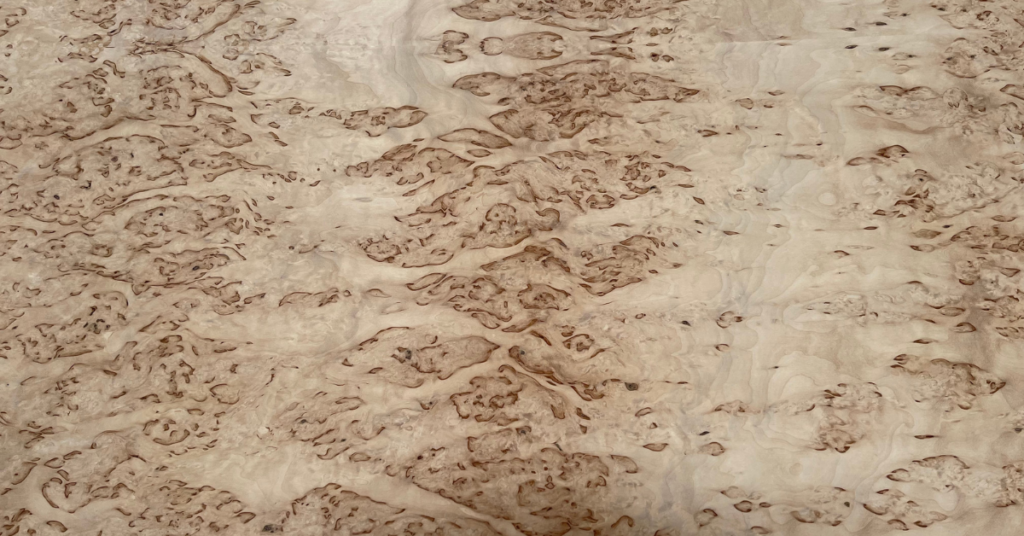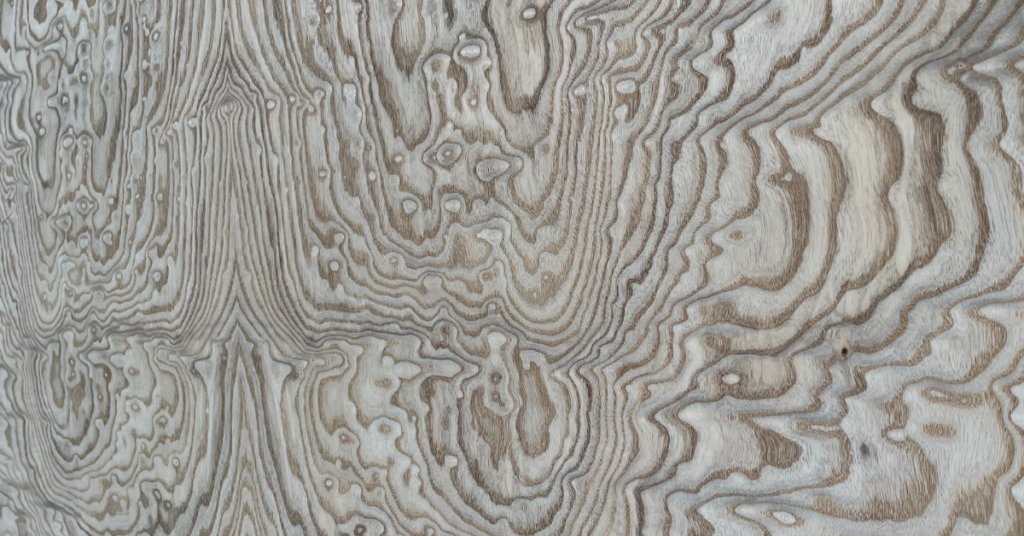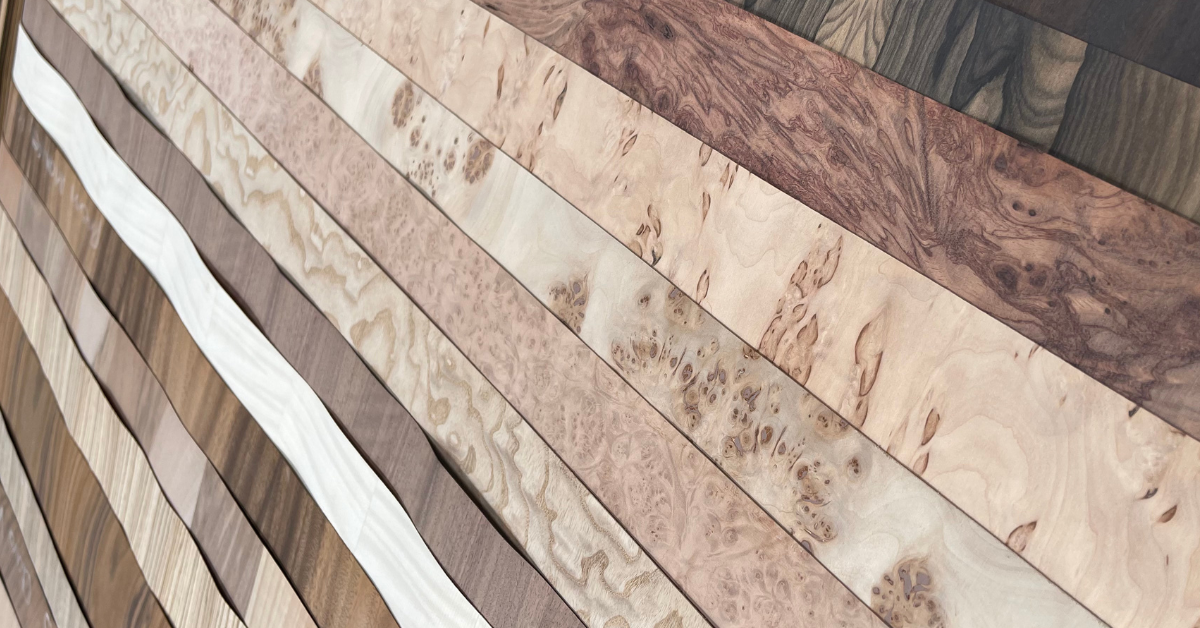Add the rare beauty of Exotic Wood Veneer to your projects
While most people see the unique look of a rare piece of wood or exotic wood veneer, at GL Veneer we see something more — we see the wood’s story. And, trust us, every sheet of exotic wood veneer in our collection has a unique story and rich history that will add to the romance and aesthetic of your projects.
What Makes Exotic Wood Veneer Special?
Exotic wood veneers stand out for several reasons. First and foremost, the species are often rare and difficult to source, adding to their exclusivity. But the quality of the veneer plays a significant role as well — its thickness, consistency, and minimal defects. Additionally, how the trees are harvested and processed into veneer also affects their cost and unique characteristics.

Domestic vs. Exotic Wood Veneer Sheets
Domestically sourced wood veneers – like oak and maple – offer that classic, familiar look we all know and love. It’s when a wood species is less familiar to us – like those from tropical regions – that it creates a more “exotic” look. Teak and ebony are classic exotic wood veneers famous for their eye-catching patterns — that truly make a statement. Bottom line, choosing between a domestic or an exotic wood veneer will come down to two factors: aesthetic style and budget.
GL Veneer’s Top 10 Exotic Wood Veneer Sheets
1. African Mahogany
Due to the rising costs of genuine Mahogany, African Mahogany has quickly risen in popularity. Perfect for flooring, furniture, and cabinetry, this wood is known for its strong grain and beautiful pinkish-brown to reddish-brown color, which adds a touch of elegance to any project.
2. Teak
A symbol of luxury and elegance, Teak is also the gold standard for durability and water resistance. Which makes it an exceptional choice for outdoor furniture, doors, and windows. Its golden honey-brown color, natural luster, and coarse grains make Teak veneer an unparalleled option for projects requiring both beauty and resilience.
3. Macassar Ebony
Prized for its use in architectural wall panels, high-end cabinetry, and musical instruments, Macassar Ebony is a highly sought-after exotic wood from Southeast Asia. It’s renowned for a dramatic striped appearance that’s created by the contrast between its deep brown heartwood and golden brown to peach or light pink sapwood.
4. Zebrawood
One of the most instantly recognizable exotic wood veneers, Zebrawood is known for its dramatic light and dark stripes that resemble the pattern of a zebra. The perfect choice for making a bold statement in any design, Zebrawood delivers an unmistakable, eye-catching look.
5. Santos Rosewood
Also known as Pau Ferro or Morado, Santos Rosewood is a beautiful – and cost-effective – substitute for the endangered Brazilian Rosewood. Its heartwood ranges from reddish-orange to dark violet-brown, often with contrasting black streaks, making it an handsome choice for decorative veneers or custom plywood.
6. Bubinga Pommele
With a vivid grain pattern and color ranging from pink or brownish-red to violet, Bubinga Pommele is a must-have exotic wood veneer. Its mesmerizing, three-dimensional waterfall figure stands out in any room, adding an expressive, exotic touch to any project.
7. Wenge
One of the elite dark woods, Wenge features a deep, rich chocolate brown heartwood, sometimes with a reddish or yellowish hue. The black lines interwoven through the wood give it an amazing visual “depth” that makes it a premiere choice for luxurious dark veneer.
8. Koa
Known for its beauty and rarity, Hawaiian Koa is one of the most desired woods for woodworking. While true Koa is exorbitantly expensive, African Koa offers a similar exotic look at a more affordable price. Its heartwood ranges from a light reddish-brown to gray-brown color, often with reddish stripes.
9. Padauk
Once reserved for royalty, Padauk is now a top choice for exotic veneers, architectural plywood, and furniture. Famous for its striking red-and-orange heartwood, this exotic wood’s vibrant colors and luster make it a standout material for elegant, sophisticated projects.
10. Sapele
Sapele, particularly with a Pomelle figure, is known for its wavy, irregular pattern and high level of chatoyancy — how we describe the way it reflects light. The wood’s amazing, three-dimensional appearance adds incredible depth and movement, making it an eye-grabbing choice for any project.



